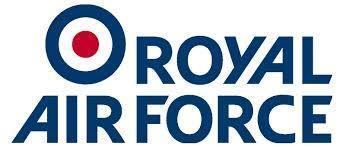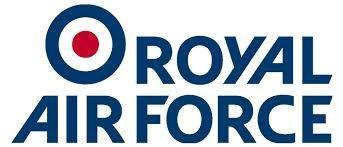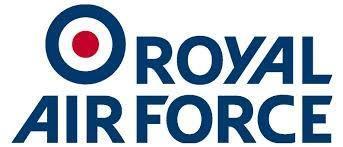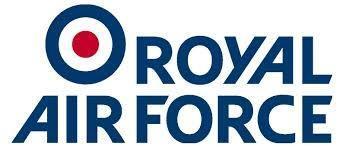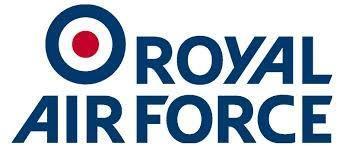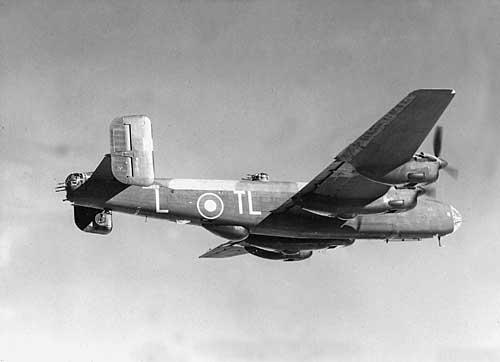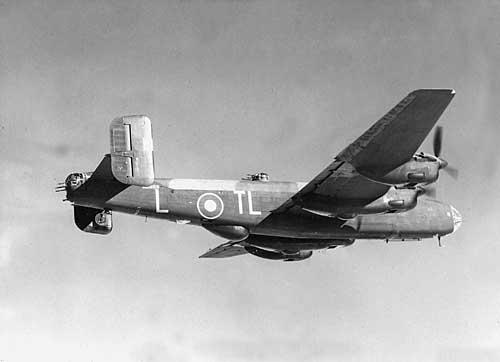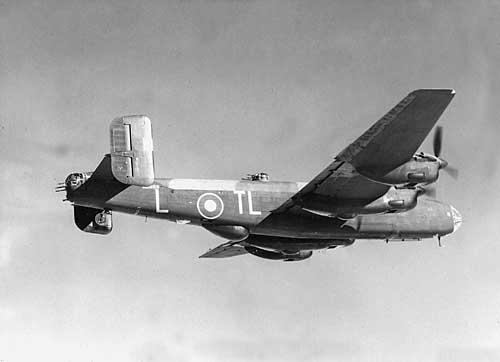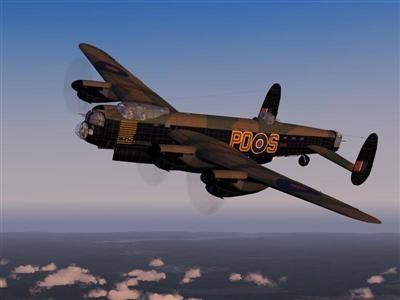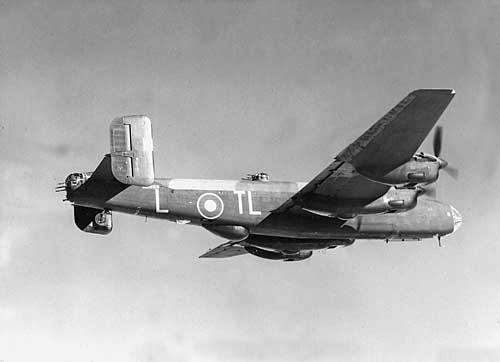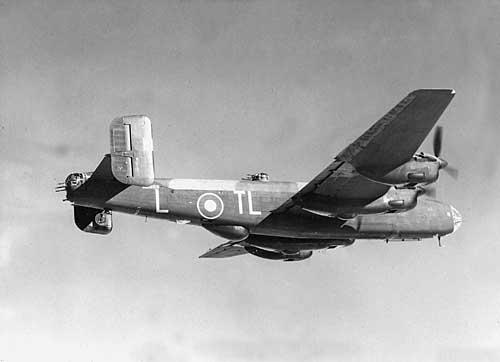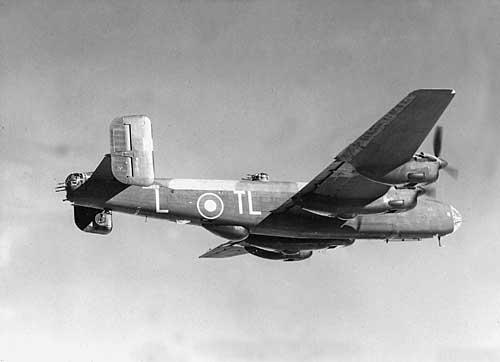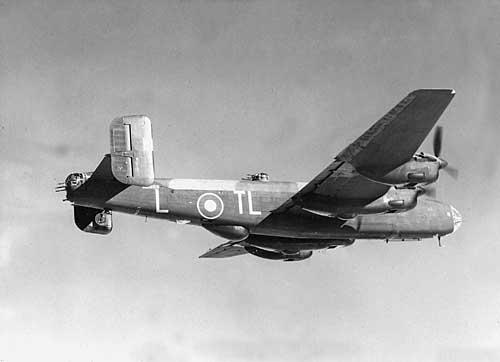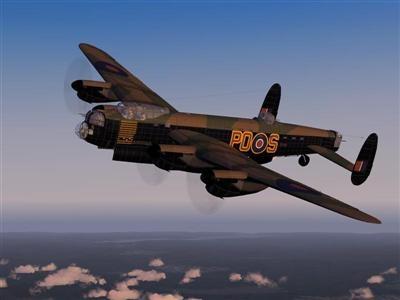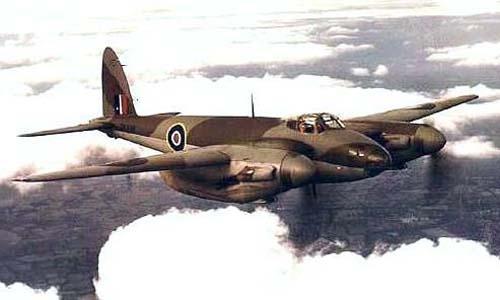
No. 4 Group
Motto: None
Badge: None authorised
Authority: -
No. 4 (Bomber) Group was formed on 1st April 1937, with headquarters at Mildenhall, Suffolk, and its first AOC was Air Commodore (as he then was) AT Harris, who was later to become AOC No. 5 Group and then, from 1942 to 1945, AOCinC Bomber Command. On 29th June 1937, headquarters were re-located at Linton-on-Ouse, Yorkshire, and on the same date the Group took over the following stations and squadrons from No. 3 (Bomber) Group: Leconfield, Nos. 97 and 166 Squadrons; Driffield, Nos. 75 and 215 Squadrons; Dishforth, Nos. 10 and 78 Squadrons; Finningley, Nos. 7 and 76 Squadrons; and Linton-on-Ouse, Nos. 51 and 58 Squadrons. Actually the last two squadrons were then located at Boscombe Down.
At the outbreak of war the Group had eight squadrons and its first operation was on the night of 3rd/4th September (the first night of the war) when ten Whitley IIIs of Nos. 51 and 58 Squadrons took off to drop leaflets in the Ruhr and over Hamburg and Bremen. From this small beginning sprang the vast and varied activity of the next five years. The Group not only struck many devastating blows against both Germany and Italy, but also trained many of the best crews in Bomber Command. In addition, it helped to create two other Bomber Groups.
Beginning the war with an average of about a dozen sorties per operation, the Group reached the record total of 3,620 sorties in 22 operations during August 1944. In March 1945, 2,727 sorties were flown - for the remarkably low loss of 15 aircraft. During the whole war a total of 61,577 operational sorties were flown.
The early records make curious reading in the light of subsequent experience. The first bombs dropped fell on the edge of, or in the sea near, Borkum and Sylt on 12/13th December 1939, in an attempt to stop German seaplanes taking off on minelaying expeditions. This was followed by frequent patrols over the Frisian Islands and 250lb bombs were dropped on shipping and seaplane flare paths. Although little damage was done, invaluable experience was gained, not only by security patrols, but by the leaflet-dropping or Nickelling operations which took aircraft as far afield as Berlin, Prague and Warsaw. The first deliberate bombing of a land objective was by 26 out of 30 Whitleys from Nos. 10, 102, 77 and 51 Squadrons detailed to attack the seaplane base at Hornum on 19/20th March 1940. (Some Hampdens from 5 Group also took part in this operation).
During the period of the so-called "phoney war", activity was practically confined to anti-shipping and reconnaissance patrols and Nickelling. In May 1940, bombs as well as leaflets began to fall on the Ruhr, despite Goering's proud boast that it would for ever be immune.
In August/September 1940, No. 4 Group took part in eight attacks on Berlin, though it could not muster more than a dozen aircraft in a night. Attacks were also made on oil targets and the "invasion ports", On 24th July 1941, the Group dropped 2,000 lb bombs on the Scharnhorst and Gneisenau, and from then on its aircraft helped to keep these battle-cruisers locked in Brest until 12th February 1942. It was not until 30th/31st May 1942 that Bomber Command disclosed to the astonished world what it had been preparing. On that night the 1,000-Plan, or Operation Millennium, was undertaken against Cologne. The Group detailed 154 aircraft, an almost incredible effort in view of its strength up to that date. This monster raid was followed by another 1,000-bomber raid on Essen, when No. 4 Group detailed 142 aircraft.
Area bombing had now begun in earnest, but even so it was not until the following spring that the offensive got into its full stride. Visual bombing had produced spectacular results, but the development of radar technique enabled accurate bombing attacks to be made in what had previously been considered impossible weather conditions. The progress made as a result of using the fullest resources of science was plain when the Pathfinder Force - to which No. 4 Group had contributed Wing Commander Bennett, who became its AOC, and many skilled personnel - led an attack on Essen on the night of 5th/6th March 1943.
This heralded the Battle of the Ruhr, which lasted until July, and No. 4 Group made a substantial contribution. Losses were heavy but the results exceeded all expectations. The way to Essen, hitherto one of the most inaccessible of targets, had been found, and the great wall of defences pierced. Germany's industrial fortress was smashed and her factories driven underground or scattered, with corresponding loss of production. The legend of the invincibility of flak was at an end and henceforth Germany had to rely mainly on fighters. To this new threat the Group adapted itself with an elasticity in which it was able to take a justifiable pride, for in 1944, when the menace of night fighters was due to reach its maximum, 73 fighters were shot down by Halifax gunners.
At Elvington in May and June 1944, the Group welcomed the first (and only, as they proved) two French heavy-bomber squadrons to join Bomber Command - Nos. 346 and 347 Squadrons. On that station a gradual changeover from RAF to French Air Force personnel was effected, so that by September 1944, the station was almost exclusively French and commanded by an officer of the French Air Force.
The whole war situation was transformed in 1944 by the invasion of France. In March attacks began on French marshalling yards. No. 4 Group eventually undertook a new role as daylight bombers and also operated as a semi-tactical force. Gun emplacements on the French coast, choke points and troop concentrations were attacked with almost uncanny accuracy. In addition to disorganising enemy communications a vigorous offensive was waged against V-weapon sites. The high-water mark was reached in August when 3,629 sorties were flown. By this time the Luftwaffe was too weak to put up very serious resistance, although in June the Group had set up a record for Bomber Command by shooting down 33 fighters.
In addition to intense operational activity, and as a foretaste, perhaps, of things to come, No. 4 Group undertook urgent transport work and in little more than one week ferried 432,840 gallons of petrol to Brussels, supplies urgently required by the British Second Army during the heroic struggle at Arnhem.
The hope of a breakthrough at Arnhem was not realised and once the Allied Armies reached a stabilised line there was a return to pure strategic bombing. The massive weight of Bomber Command was hurled into the renewed offensive against oil targets. The Ruhr lay at our mercy and it was possible at the close of 1944 to attack the very heart of it in daylight.
The year 1945 opened with smashing attacks on Hanover, Magdeburg and Stuttgart. Cologne, Munster and Osnabrück also returned to the target list, with Sterkrade, Wanne-Eickel, Bottrop and many other synthetic-oil centres, which were bombed by day and night until the time came to pound the great railway centres preparatory to the supreme climax of the war, the crossing of the Rhine.
No. 4 Group reached the finale of the strategic bombing offensive at the peak of its skill and accomplishment - the result of more than five years of continual effort. The war for the Group ended where it really began - in the Frisian Islands and Heligoland. The wheel had turned full circle.
On 7th May 1945 - the day before VE Day - No. 4 Group was transferred to Transport Command.
WWII Headquarters:
- Linton-on-Ouse : Jun 1937-Apr 1940
- Heslington Hall : Apr 1940 onwards
WWII Air Officer's Commanding:
- Air Vice-Marshal A Coningham : 3rd July 1939
- Air Vice-Marshal CR Carr : 26th July 1941
- Air Vice-Marshal JR Whitley : 12th Feb 1945


